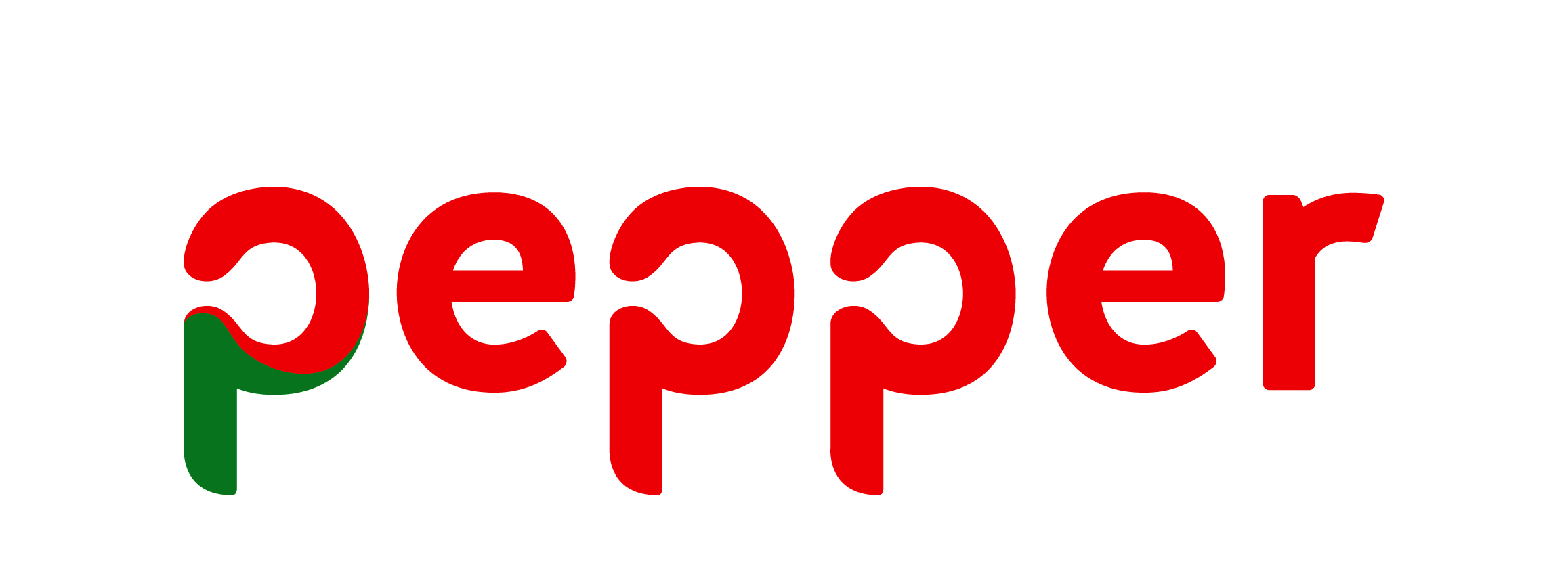
Pepper delivers global and asset diversity
Andrew Twyford, treasurer at Pepper in Sydney, discusses a busy year for the issuer in global capital markets. The company has brought securitisation transactions off a raft of platforms and featuring multiple collateral types, as well as tested a new issuance strategy in its core programme.
A year or so ago, Pepper committed to a consistent approach in the way it tranches its residential mortgage-backed securities (RMBS) transactions including offering foreign-currency and green notes in each deal. How has this strategy played out?
The context is that we had a very busy calendar of issuance that we needed to get through considering our Australian issuing businesses. We also did inaugural deals out of our UK business – Polaris 2019-1, issued in June – and for the Optimum part of our business, Castel 2019-1, in September. We are also targeting issuance out of our Spanish platform.
With the volume and number of deals we have brought to market this year we wanted to be upfront and consistent with the messaging to our investor base. It has proved to be quite a successful strategy for us.
An addition at the back end of last year was including euro issuance, which we did in our PRS 22 transaction. This was our first euro tranche and it was an opportunity potentially to tap into a new investor base. We followed this with the PRS 23 and 24 transactions, and there is a high chance we will use this approach again later in 2019.
Will Pepper continue to use a standardised issuance approach?
Now that we have a few deals out of the way – including the first asset-backed securities (ABS) transaction out of our SPARKZ platform, of which there will likely be another in the second half of the year – we can be more tactical around our issuance plans. We will try to take advantage of our different structures and place these deals at logical points in time, while keeping a level of consistency.
You mention Pepper printing its first Australian dollar auto ABS deal – in July 2019. For how long had this been in the works and what are your expectations for issuance from the programme going forward?
We were very confident that the asset class is appreciated, especially the diversity, given our discussions with investors over time. The structure was a little bit different with an X note in the waterfall. But investors understood the structural element.
We are originating slightly more than A$1 billion (US$672.9 million) of ABS product annually at the moment and we expect this to grow. All things considered, we are probably a two-deal-a-year issuer in the ABS space – subject to market opportunities and diversifying funding.
What does Pepper see as the opportunity set when it comes to diversity in the lending book? How might this emerge in the securitisation market, for instance via a larger I-Prime programme or other ABS issuance?
Historically, we started off as a nonconforming originator and for a long time this was the predominant asset class for us. While it is still the case, in 2018 it flipped around as we did 55 per cent prime and 45 per cent nonconforming. We expect the split to be around about the same in 2019, and for both to be significant asset classes for Pepper in future years.

nonbank Yearbook 2023
KangaNews's eighth annual guide to the business and funding trends in Australia's nonbank financial-institution sector.







